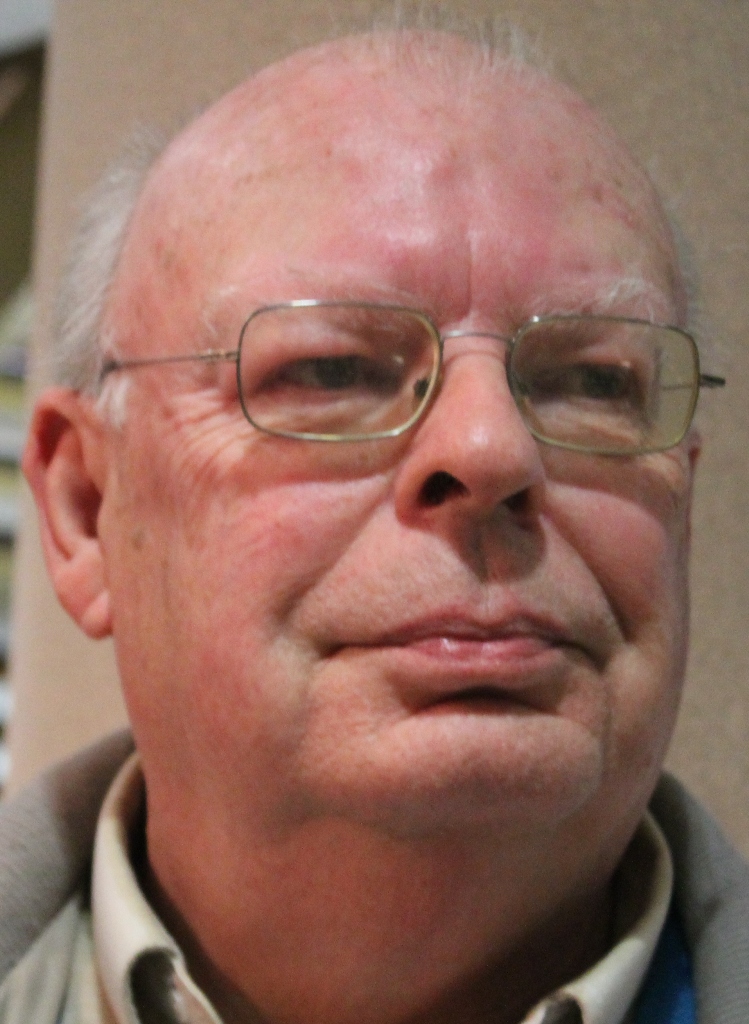The County Line
 For those interested in history as I am, it may be of interest to note that the centerpiece of what community promoters call “historic downtown Noblesville,” the county courthouse, has reached its 140th birthday this year. Only a half-dozen courthouses among Indiana’s 92 counties are older.
For those interested in history as I am, it may be of interest to note that the centerpiece of what community promoters call “historic downtown Noblesville,” the county courthouse, has reached its 140th birthday this year. Only a half-dozen courthouses among Indiana’s 92 counties are older.
I’ve been around the courthouse in one capacity or another for 50 years, and have learned a lot about the building.
Most of the courthouse construction was done in 1877, but it was not dedicated and occupied until 1878. County officials at the time promised to keep the cost under $100,000, so there were few frills.
In those days there was no electric power, no city water, no telephone communications and no central heating system. Heating was to be provided by 16 fireplaces installed with gas grates. It must have been a dark and chilly work environment during winter months. But, within months of occupying the building, officials did install a coal-fired boiler to provide steam heat. Water came from a huge tank in the attic. Lighting was provided by wall-mounted gaslight fixtures.
The architectural style of the building is French Second Empire, which is unusual among Indiana courthouses, but a style that enjoyed a brief popularity in the post-Civil War era. The building replaced an earlier small brick structure built about 1835.
The site of the courthouse was given to the county in 1823 by William Conner with the provision that it would remain the location of county government. By 1878, the courthouse square was lined with commercial buildings, most of them non-descript frame structures. The only downtown buildings remaining today that pre-date the courthouse are the Martha Gascho law office, the Smith Jewelry building and the former jail, now the county museum.
Buildings can be old without being historic. History-making events make a place historic. Two of the events helped make our courthouse historic.
The murder trial and conviction of Ku Klux Klan leader D.C. Stephenson in 1925 made history when his conviction resulted in the rapid downfall of the theretofore powerful Klan.
Another court action which attracted national news coverage was the 1965 contempt of court action brought against local newspaper editor James T. Neal. It was portrayed as an attack on freedom of the press, and was eventually overturned.
There have been mysteries such as strange noises heard by after-hours workers in the 1970s. An investigation report claimed it was rats in the ductwork. Exterminators took care of that.
Reportedly two historic documents mysteriously disappeared. The deathbed statement of Stephenson’s murder victim, Madge Oberholtzer, which essentially convicted the Klan leader, and a record of citizens who had assisted Underground Railroad activities both vanished. The opening of the courthouse cornerstone during renovation in 1994 solved a mystery. In a metal box sealed in the stone was an early photo of the 1835 courthouse. No photo of the building has ever been seen before.
By the latter part of the 20th century the courthouse was not only showing its age, but was extremely overcrowded. A complete restoration in the early 1990s preserved as many historical features as possible while providing for modern office space. Several pieces of the original furnishings from the Wooten Desk Company were saved along with an 1868 safe that had served the county treasurer in the 1835 courthouse.
Following restoration, the building became the home of the county assessor, auditor, recorder and treasurer while courts and court-related offices were housed in the new judicial center across the street. The original courtroom was restored and is used for public hearings, other meetings and ceremonies.
The courthouse is now fittingly listed on the National Register of Historic Places.
